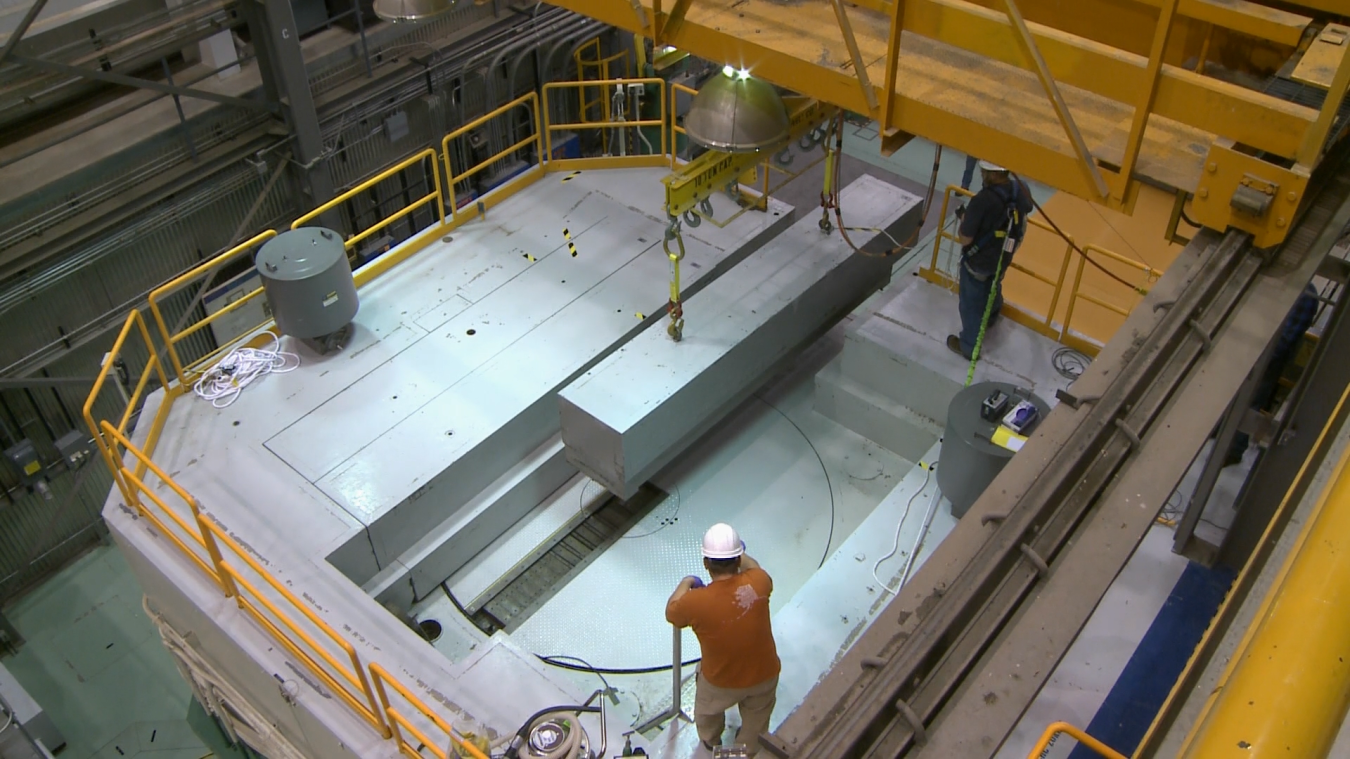The Transient Reactor Test Facility at Idaho National Laboratory is back online after more than 2 decades of dormancy.
November 15, 2017The Transient Reactor Test Facility, also known as TREAT, is back online after more than two decades of dormancy.
TREAT is a unique facility located at and operated by the Idaho National Laboratory (INL). Restarting its operations is a big win for nuclear science and America as we continue to shatter barriers standing in the way of clean, reliable and affordable emissions-free power.
WATCH: Learn how the TREAT facility will help advance the safety and performance of nuclear reactors.
Understanding Nuclear Performance
TREAT is designed specifically to test nuclear reactor fuels and materials under extreme conditions. It can produce sudden bursts of energy that are more than five times more powerful than the largest commercial power plants—allowing scientists to examine fuel performance under simulated accident conditions.
This capability is an important asset to nuclear scientists and engineers as they work to increase the safety and performance of current and future nuclear reactors.
The Long Road Back to Low Power Mode
TREAT started operation in 1959 and safely conducted thousands transient pulses until it was shut down and maintained in standby status in 1994. Twenty years later, the Energy Department decided to refurbish the facility and resume operations.

Workers at Idaho National Laboratory work to remove the reactor's shield block.
That happened much faster than expected thanks, in part, to INL staff keeping up with routine maintenance at the facility. The project finished 12 months ahead of schedule and saved taxpayers nearly $20 million on the estimated $75 million cost of the program.
What’s Next?
With TREAT operating in low-power status, INL now has four test reactors running at its site just west of Idaho Falls. Over the next several months, the lab will prepare TREAT for regular operation and resume transient testing nuclear fuels in 2018.

